7 Species Ready for the Holiday SEAson
Published by Ocean Conservancy
Candy canes and pinecones, joyful music and fireplace gatherings—signs that the holiday season is upon us! At some point in our lives, I’m sure that each and every one of us has wished that it was a holiday every day. Though we can’t give you an eternal festive season, we can provide you with some insanely shell-ebratory ocean creatures that live every day like it’s a holiday.
Read on to discover seven festive sea critters and impress your loved ones with these jolly-good ocean facts!
Christmas Tree Worm (Spiobranchus giganteus)
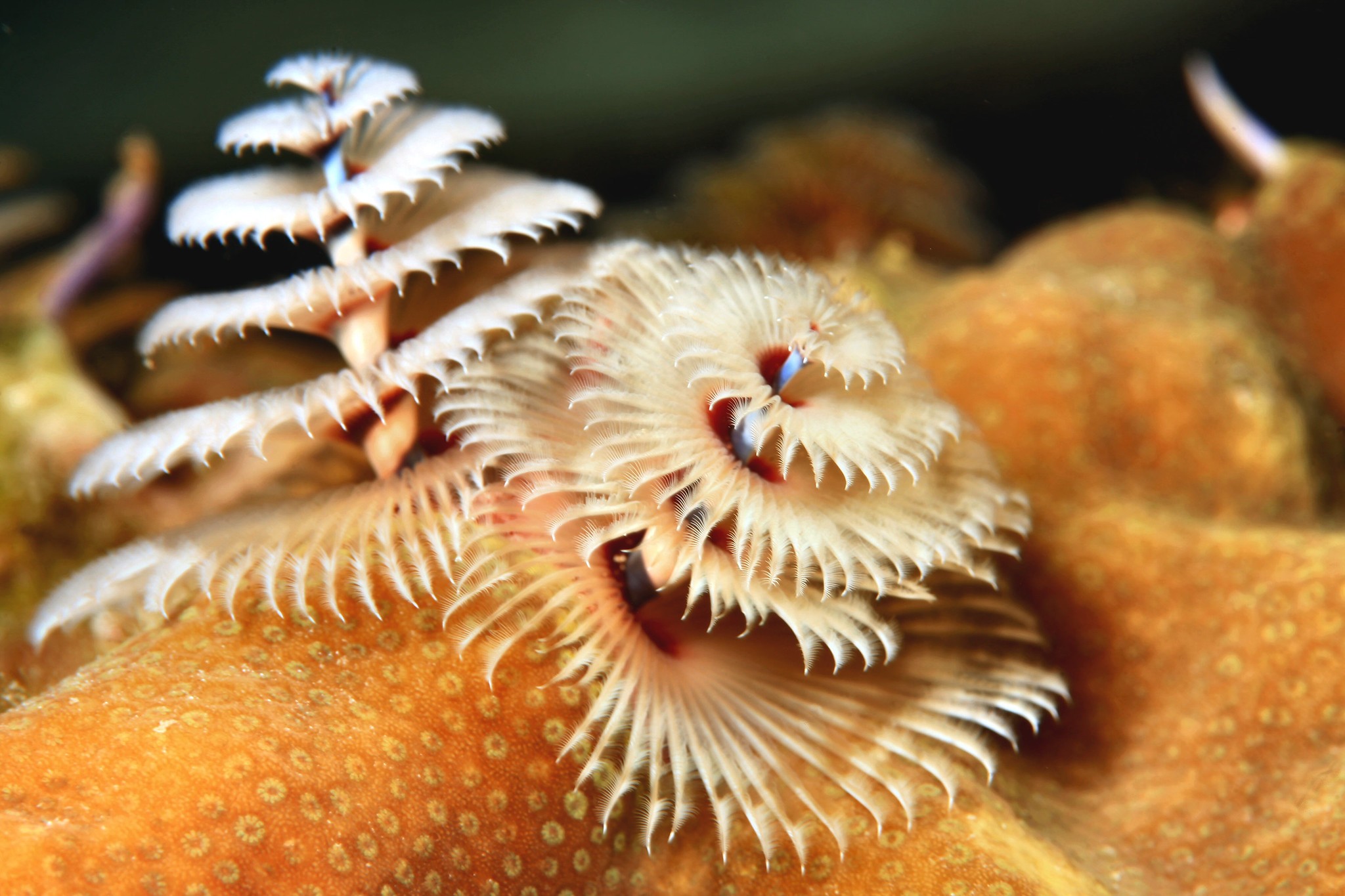

Although these worms may resemble the fir trees that are common during December, they actually reside far from the cold in warm waters of tropical coral reefs. Their tree-like structure is useful year-round and composed of appendages that are used for respiration and catching small phytoplankton to eat.
Pinecone Fish (Monocentris japonica)
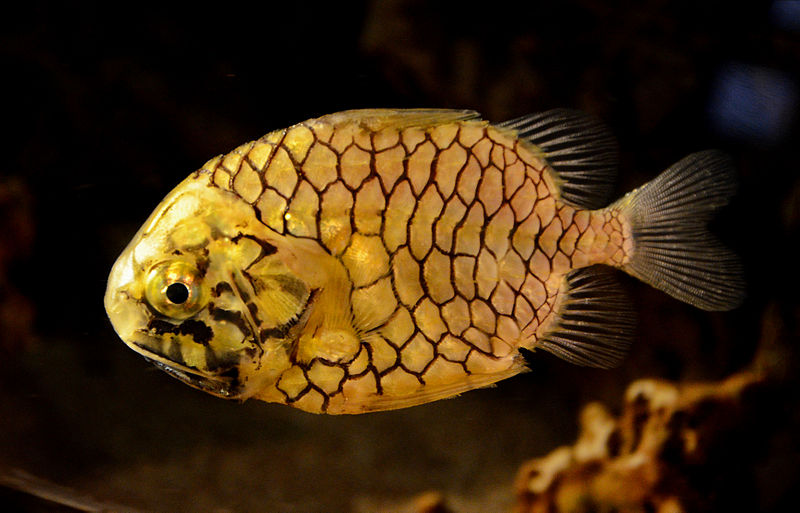

Much like the popular seed-bearing cone that shares its name, pinecone fish are armored with strong scale-like coverings called “scutes.” They can occasionally be found along coral reefs, but tend to be associated with undersea ledges and caves.
Cookiecutter Shark (Isistius brasiliensis)
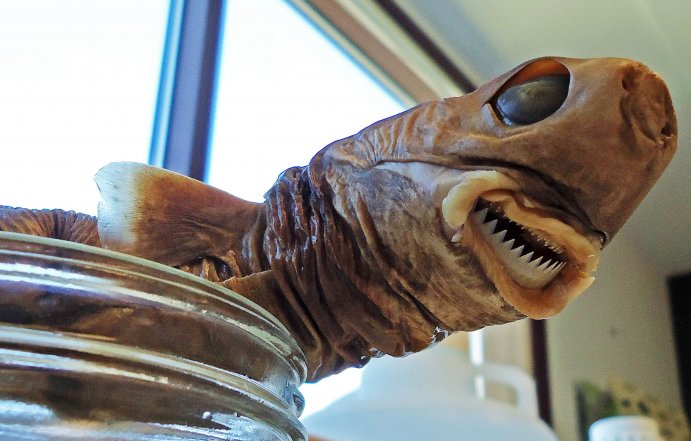

Cookiecutter sharks may sound cute, but don’t let their name fool you. They’re infamous for the cookie-like chunk their bite leaves on prey. Fear not—these sharks are usually found at least 300 feet (90 m) deep and their bites are not fatal.
Fire Goby (Nemateleotris magnifica)
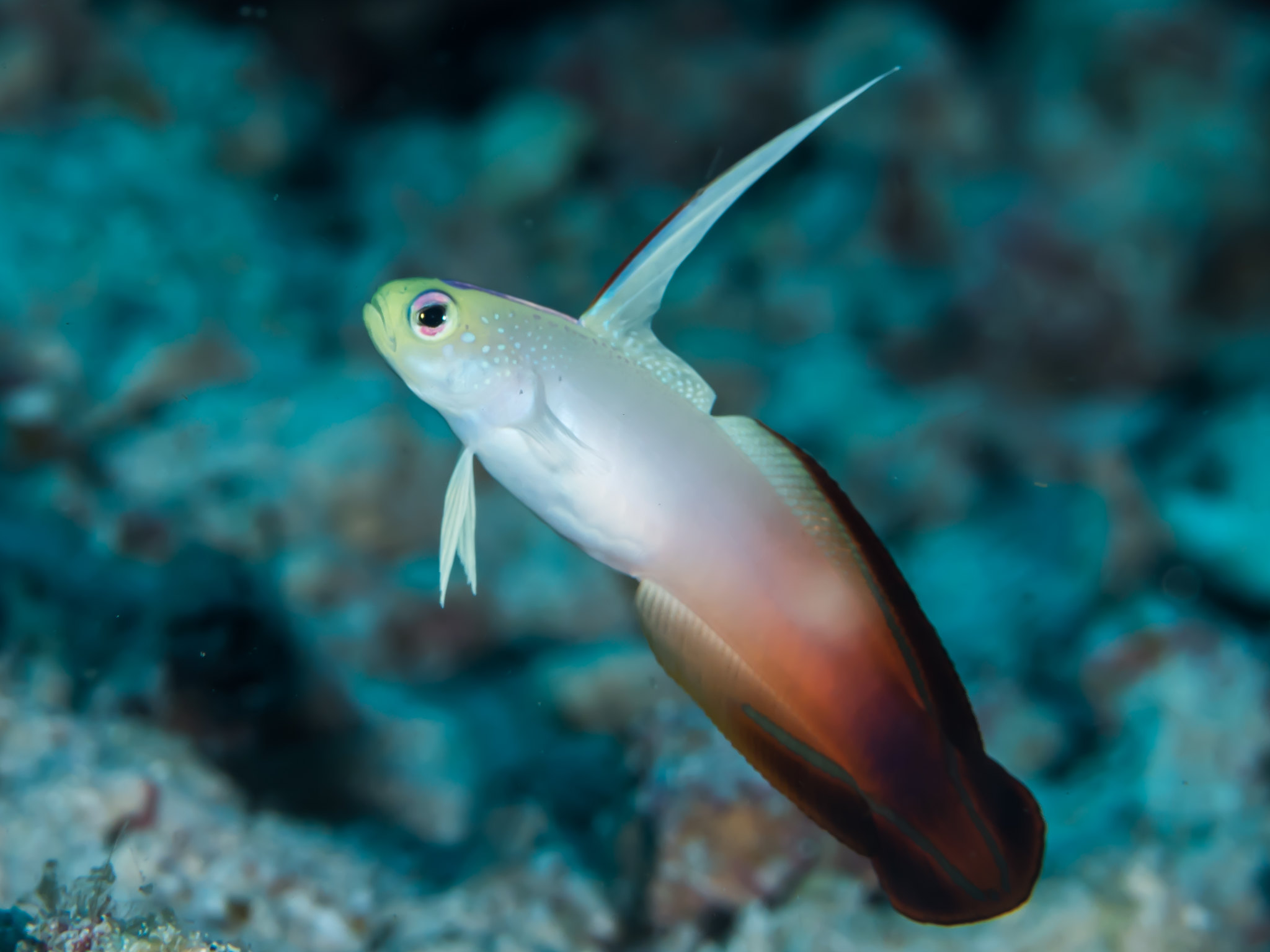

Fire gobies received their name from their flame-like appearance. Besides their coloring (yellow, white, orange and red), they also act like flickering flames—darting in and out of burrows to catch prey and avoid predators.
Harp Sponge (Chondrocladia lyra)
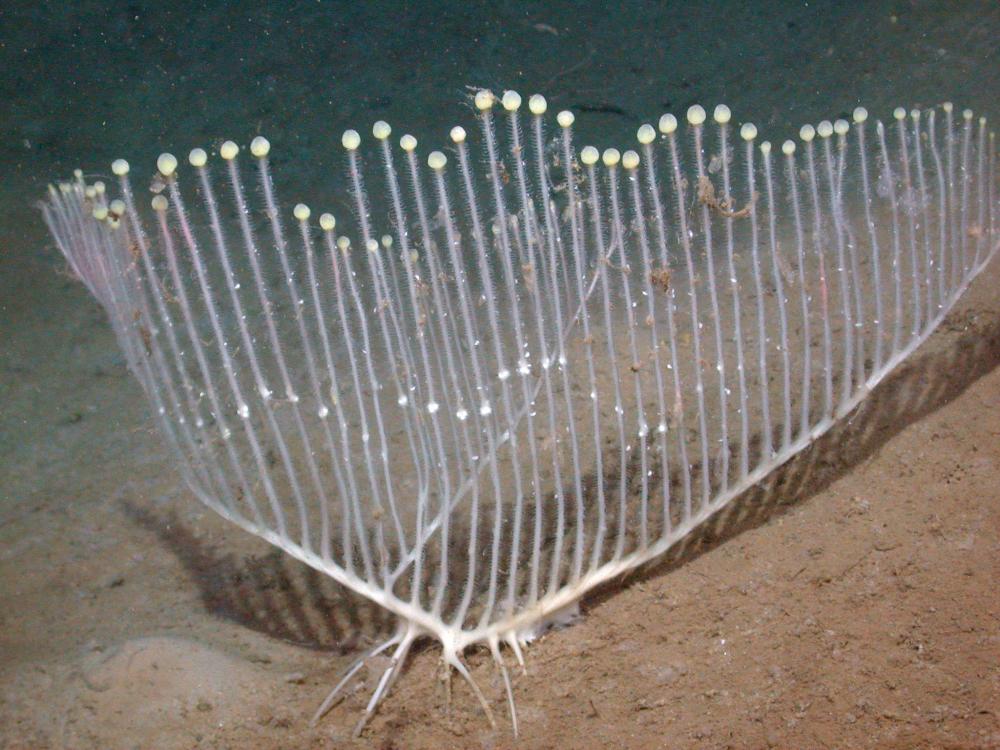

Delicate in name and appearance, the harp sponge sounds like it might be a gentle creature, however, it’s actually a sturdy, deep-sea sponge that anchors itself to the seafloor with a root-like structure. Harp sponges are also carnivorous, using their appendages to capture fairly large prey like copepods and other crustaceans.
Candy Cane Shrimp (Alpheus randalli)
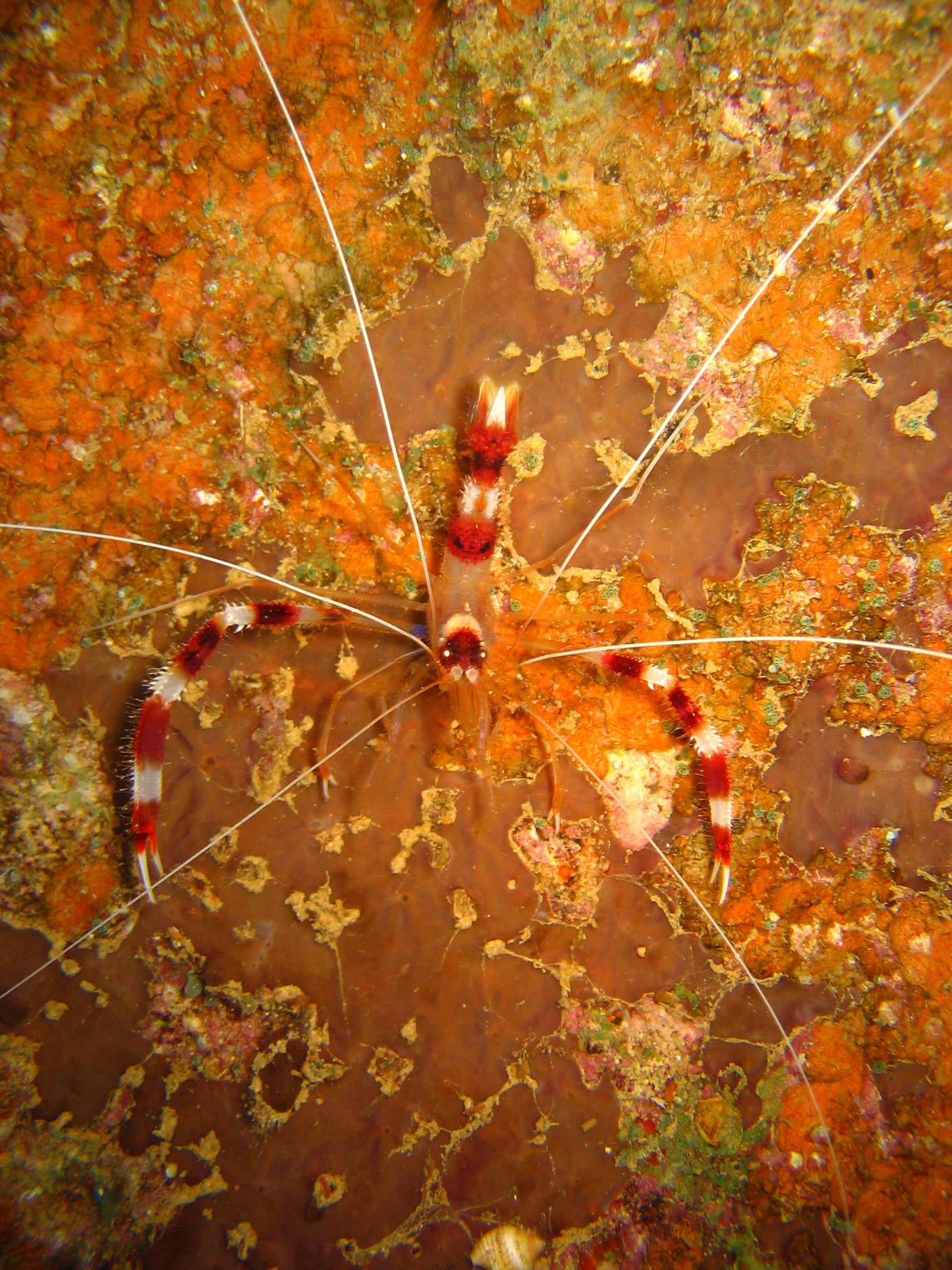

While the candy cane shrimp may look like a holiday treat, it’s a far cry from it in flavor. The sweet-sounding crustacean has a symbiotic relationship with Randall’s prawn goby (Amblyeleotris randalli), meaning they depend on each other for survival. The shrimp helps dig and maintain a burrow for the two while the goby alerts the nearly-blind shrimp to any nearby dangers.
Sea Angel (Order Gymnosomata)
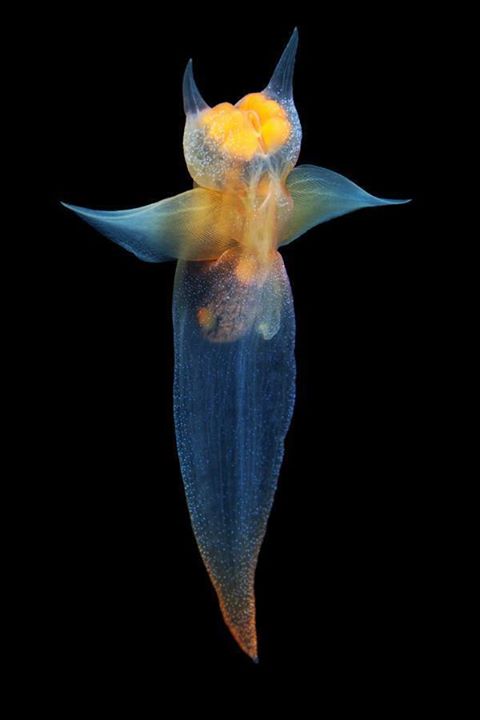

Frequently mistaken for a holiday decoration, the sea angel is actually a small, swimming sea slug. Sea angels use their “wings” for quick bursts of speed to catch their favorite prey— sea butterflies (Thecosomata)!
Happy Holidays from all of us here at Ocean Conservancy! We are so thankful for your support as we seek solutions to protecting fin-tastic sea creatures like these from some of the greatest global challenges.
Stay current with ocean news
Sign up for our emails!
The post 7 Species Ready for the Holiday SEAson appeared first on Ocean Conservancy.
Read the full article at: https://oceanconservancy.org/blog/2019/12/23/7-species-ready-holiday-season/


